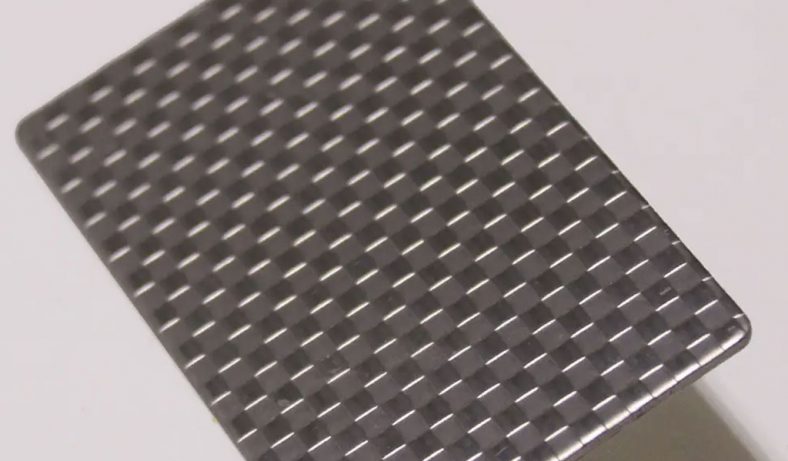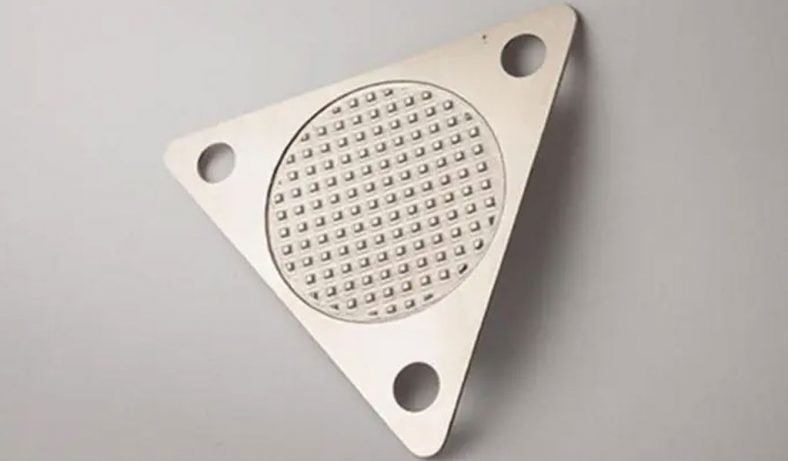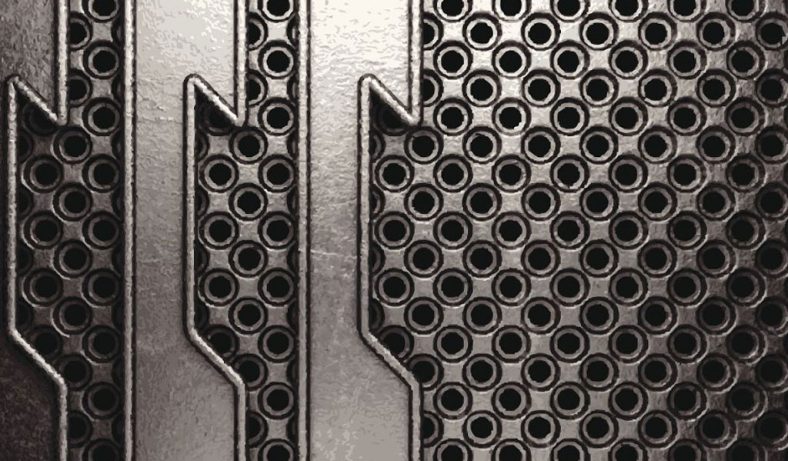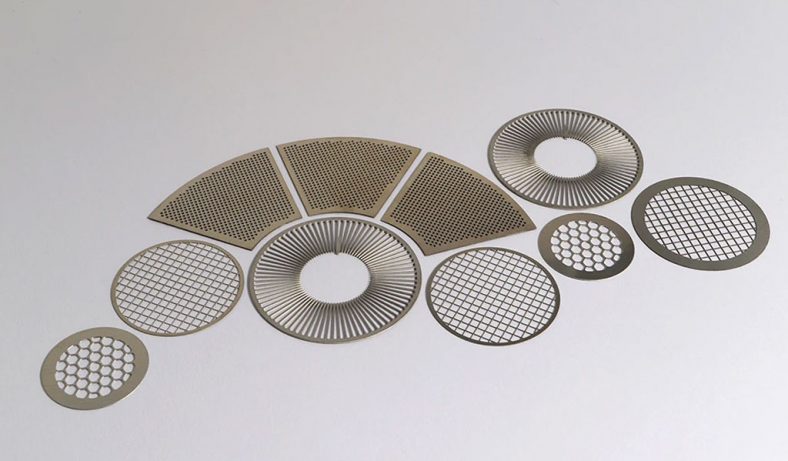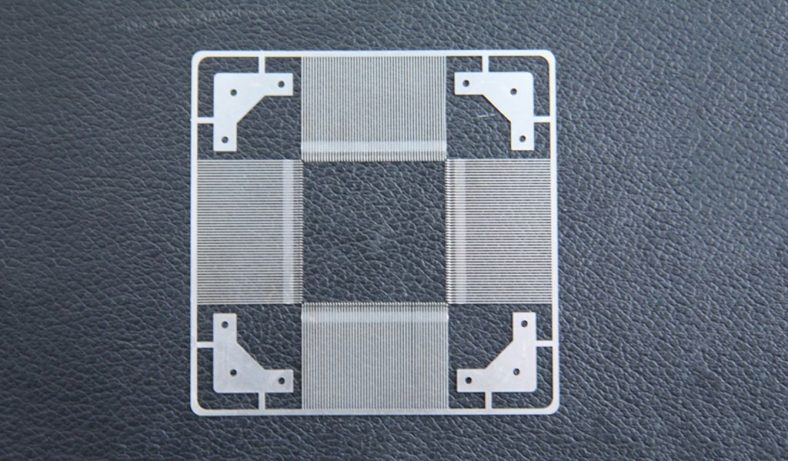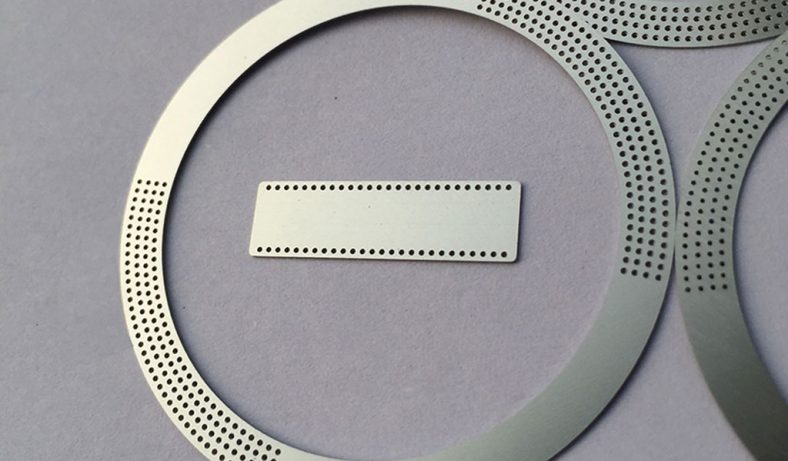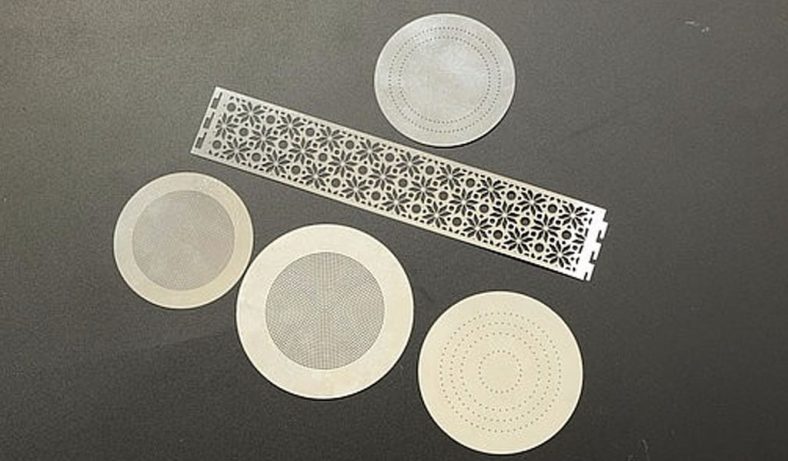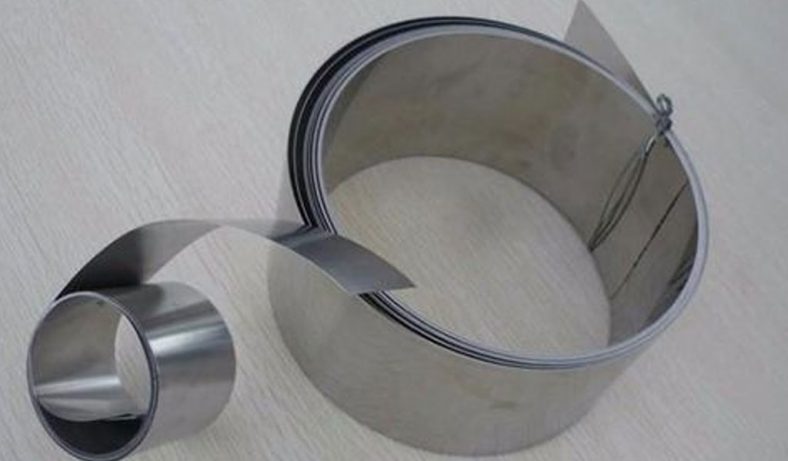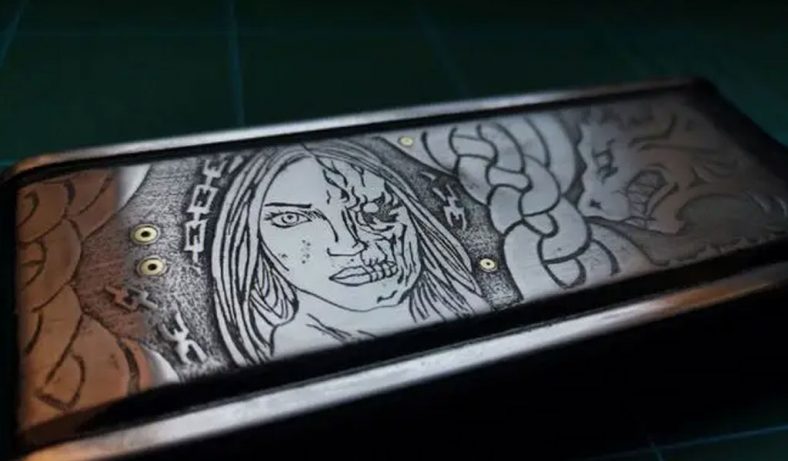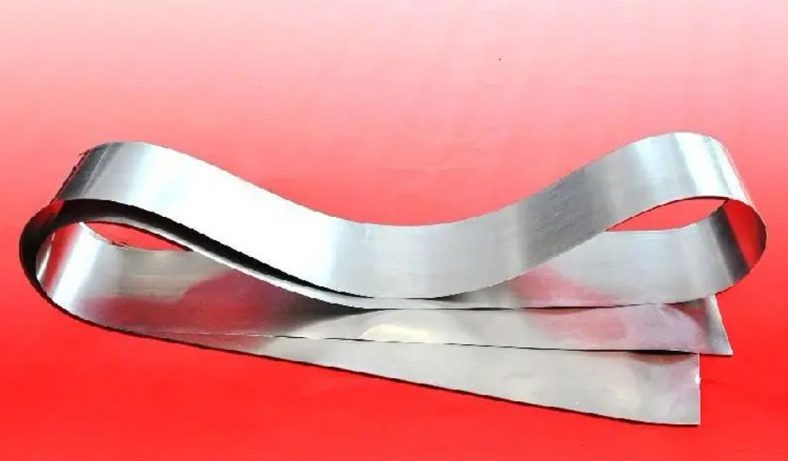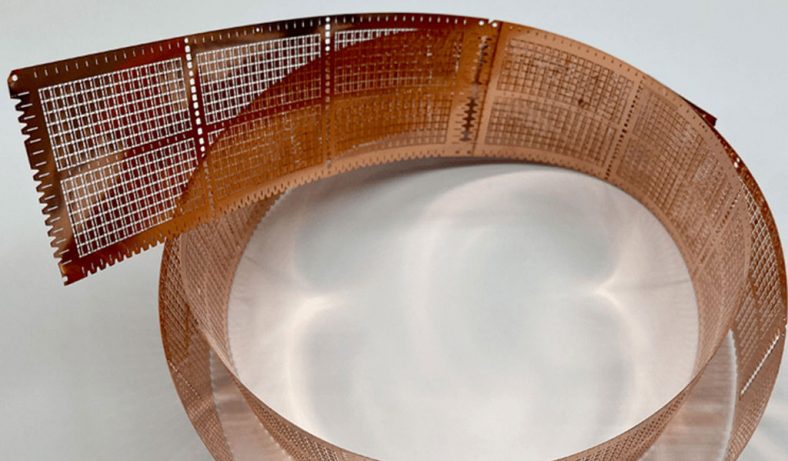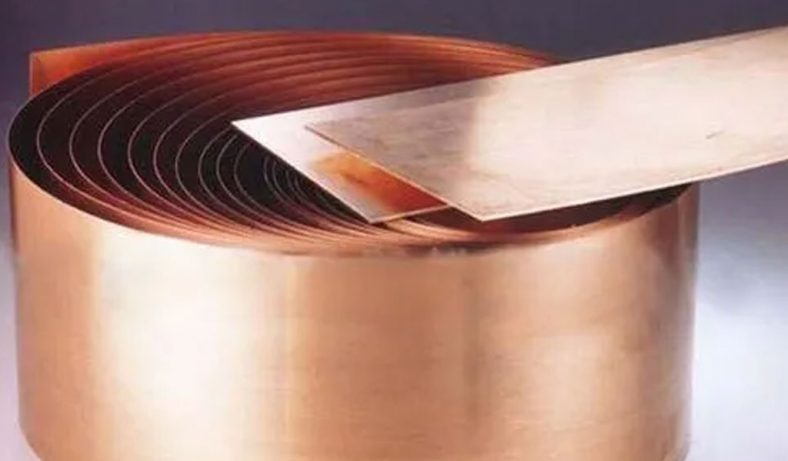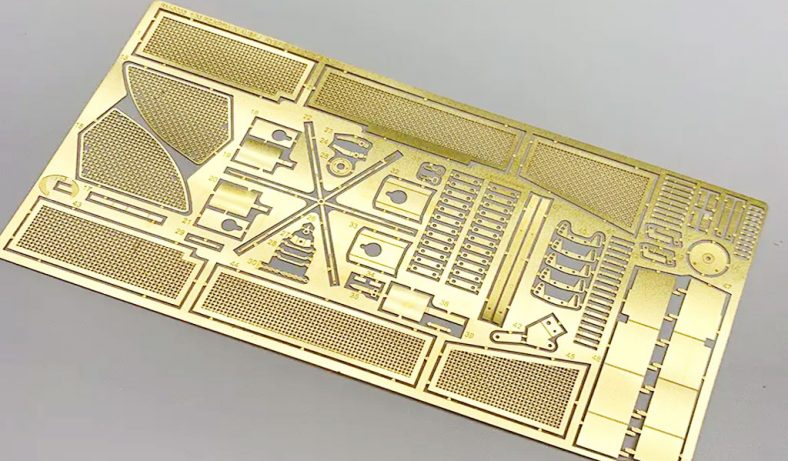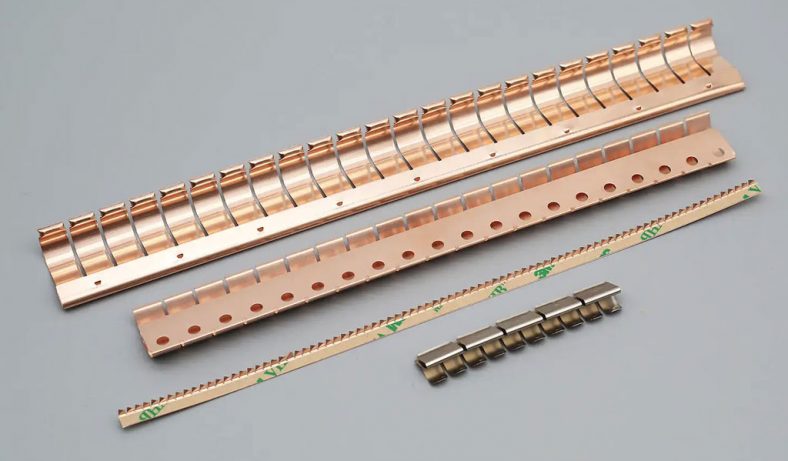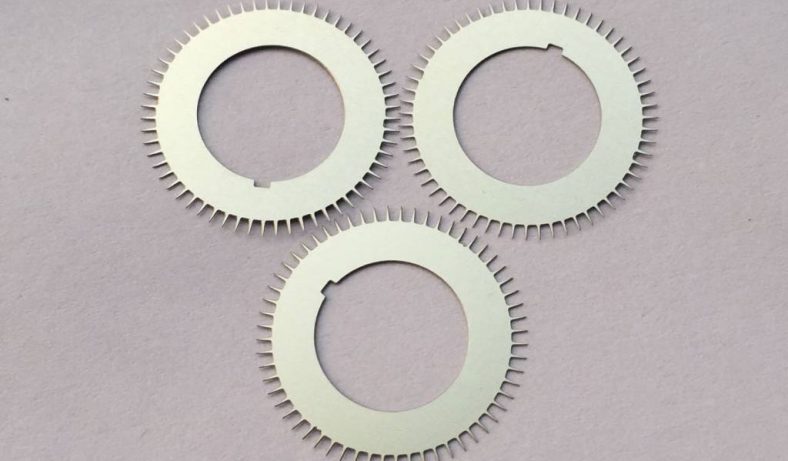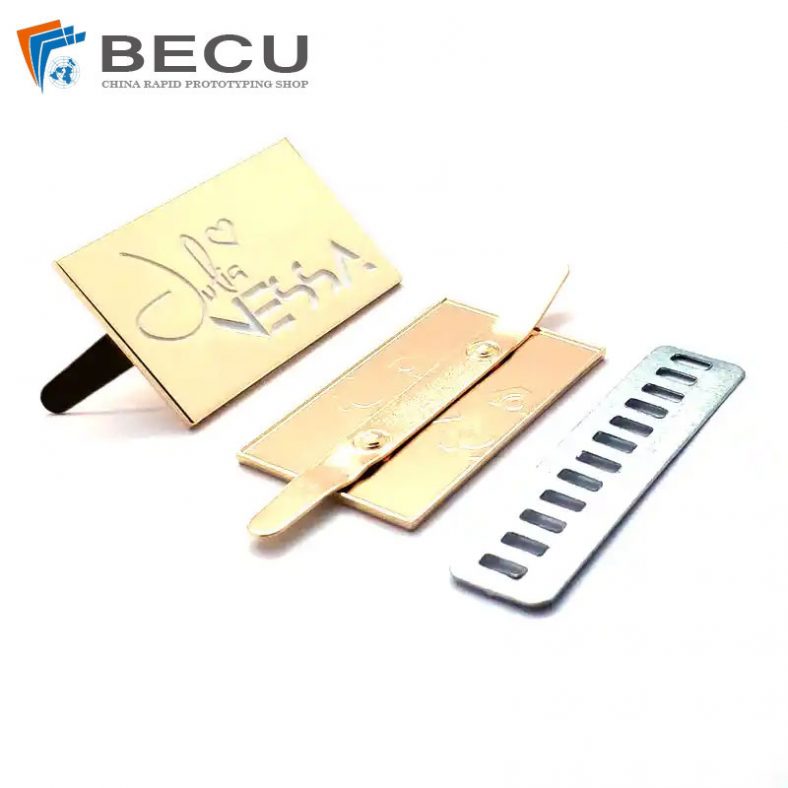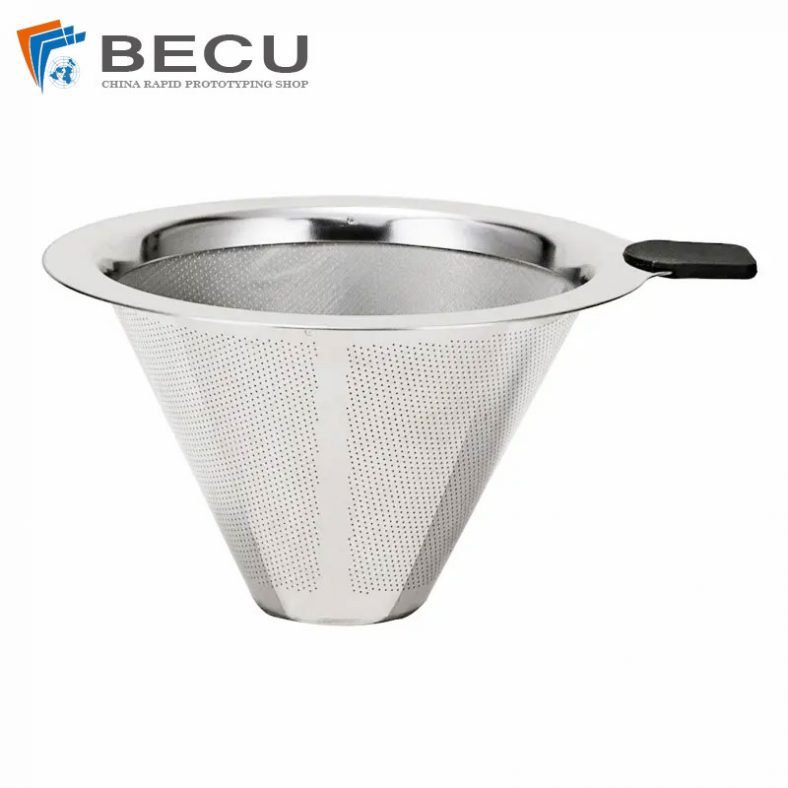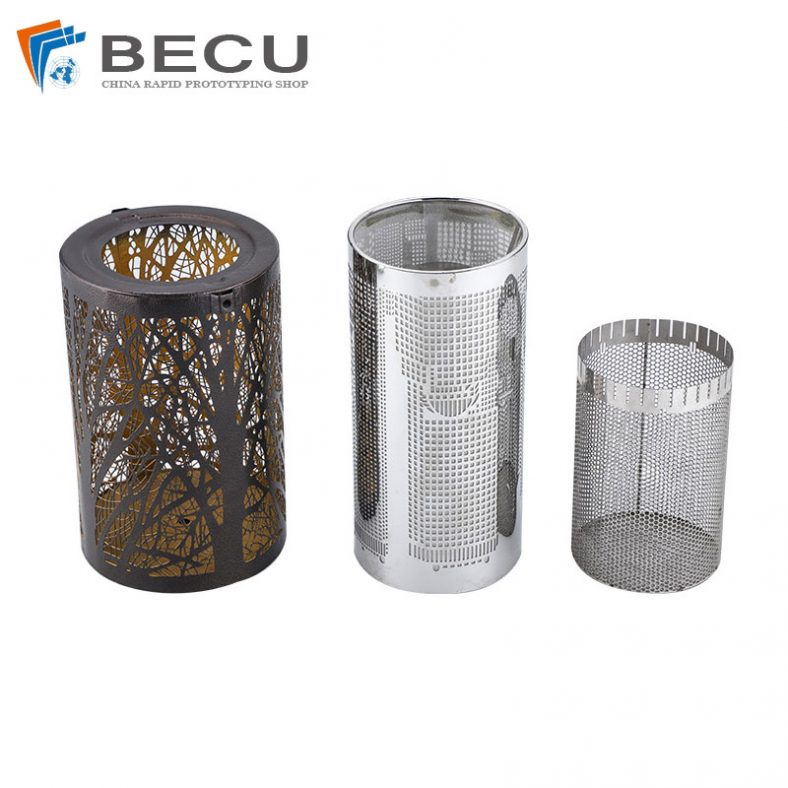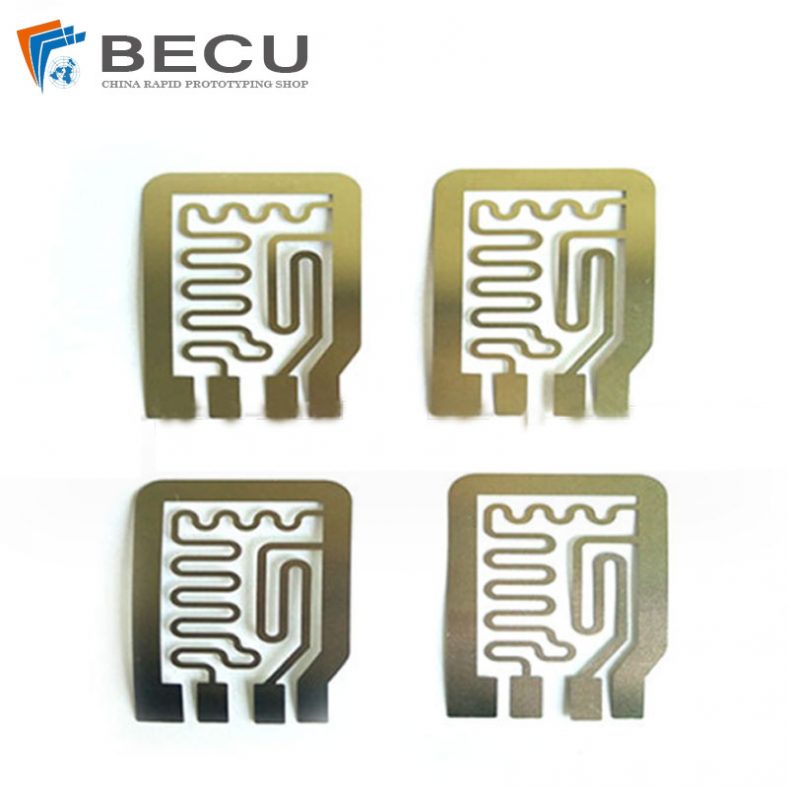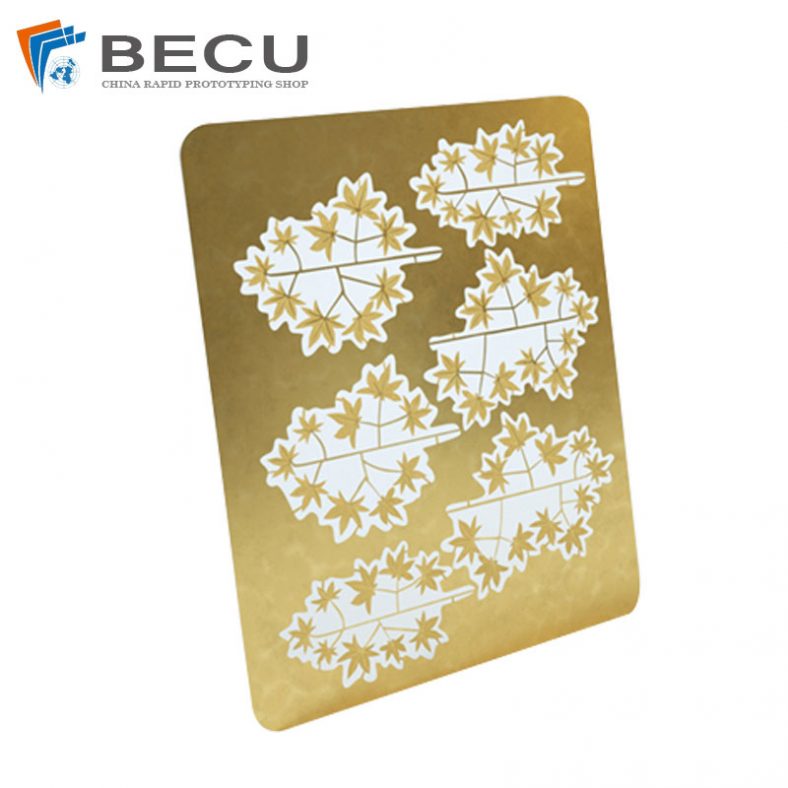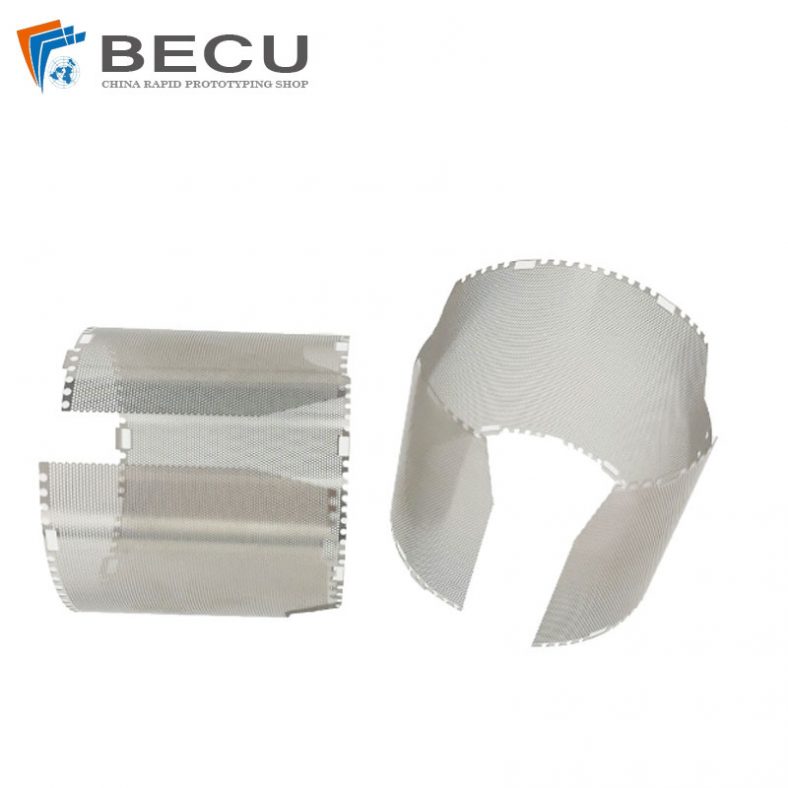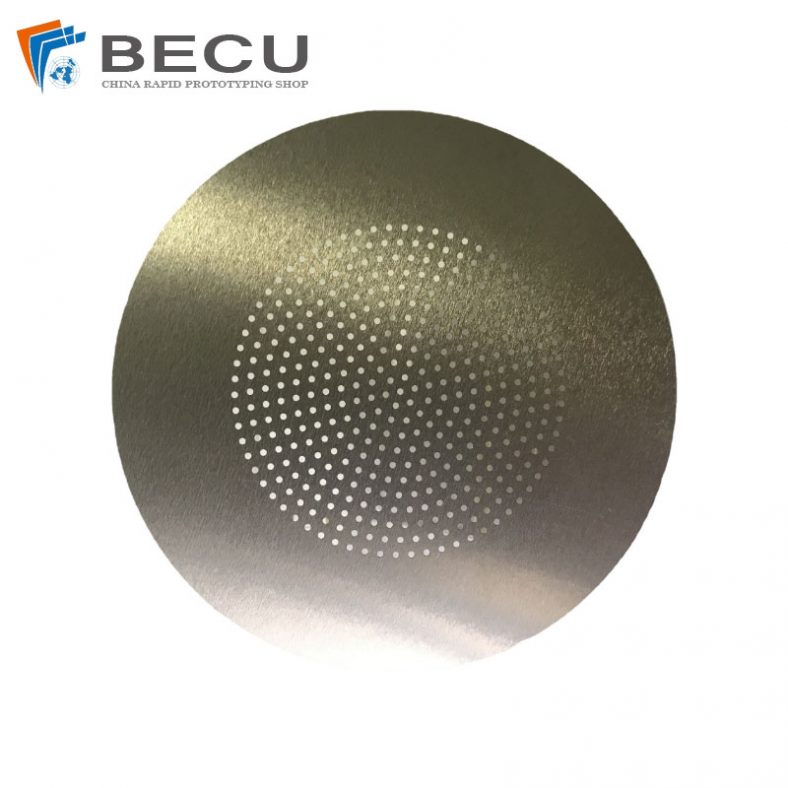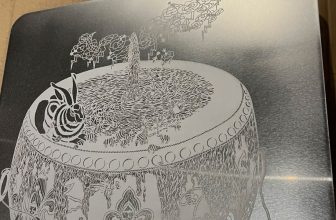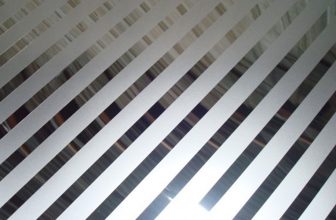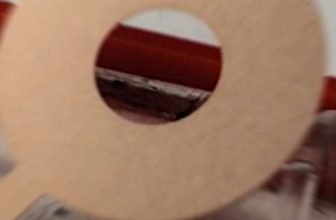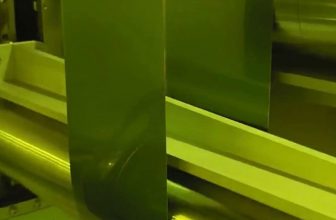Engraving, the practice of incising designs, text, or images onto a surface, is a craft that spans centuries and encompasses a variety of techniques, materials, and applications. From personalized jewelry to industrial part marking, the cost of engraving per letter is influenced by numerous factors, including the engraving method, material, font style, letter size, labor, and geographic location. This article provides a comprehensive exploration of the costs associated with engraving per letter, offering detailed insights into the factors that drive pricing, comparisons across different methods and providers, and practical considerations for consumers and businesses. By examining historical and contemporary pricing data, industry standards, and regional variations, this article aims to serve as a definitive resource for understanding engraving costs.
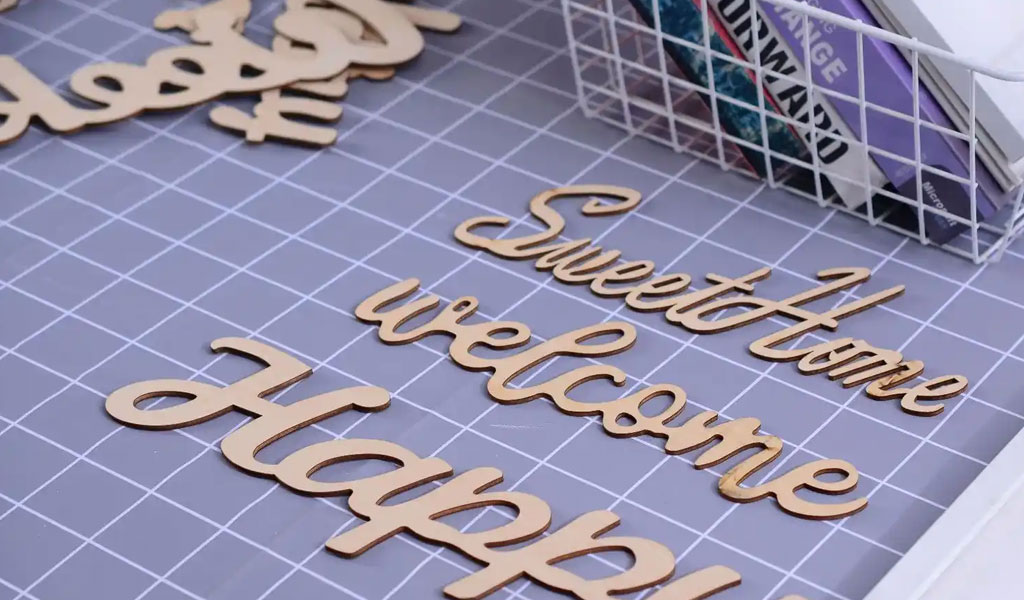
Introduction to Engraving
Engraving is a versatile technique used to create permanent markings on surfaces such as metal, wood, glass, stone, and acrylic. It is employed in diverse contexts, including jewelry personalization, trophy and award customization, industrial manufacturing, and memorial inscriptions. The cost of engraving per letter varies significantly based on the complexity of the project, the expertise of the engraver, and the equipment used. While some providers charge a flat fee per item, others calculate costs on a per-letter basis, making it essential to understand the pricing structures that govern this craft.
Engraving can be performed using traditional hand tools, mechanical rotary machines, or modern laser systems. Each method has distinct advantages and cost implications, which are explored in subsequent sections. The choice of material also plays a critical role, as harder or more reflective surfaces may require specialized equipment or additional time, increasing costs. Furthermore, the design’s intricacy, including font style and letter size, can significantly impact pricing. This article delves into these variables, providing a detailed analysis of how they contribute to the cost of engraving per letter.
Historical Context of Engraving Costs
The practice of engraving dates back to ancient civilizations, where artisans used rudimentary tools to carve symbols and text into stone, metal, and bone. In these early periods, engraving was a labor-intensive process, and costs were determined by the time and skill required. For example, in ancient Rome, inscriptions on public monuments were commissioned by wealthy patrons, with costs reflecting the prestige of the project rather than a standardized per-letter rate.
During the Middle Ages, engraving became more prevalent in the production of illuminated manuscripts, armor, and religious artifacts. Artisans, often working in guilds, charged based on the complexity of the design and the materials used. By the Renaissance, the invention of the printing press and advancements in metalworking led to more standardized engraving techniques, particularly for maps and illustrations. However, pricing remained highly variable, with master engravers commanding premium rates for their work.
In the 19th and 20th centuries, the Industrial Revolution introduced mechanical engraving machines, which reduced labor costs for certain applications. For example, the production of engraved silverware and trophies became more accessible, with pricing often based on the number of letters or the size of the inscription. Historical records, such as those from James Roettger’s 2007 price list, indicate that hand engraving for trophies ranged from $6.00 per letter for 4mm to 6mm tall gothic block letters to $50.00 for 12mm tall decorative Georgian Roman block letters. These prices, though outdated, provide a baseline for understanding how engraving costs have evolved over time.
The advent of laser engraving in the late 20th century revolutionized the industry, offering precision and efficiency that traditional methods could not match. Laser systems reduced the time required for engraving, but the high cost of equipment and maintenance introduced new pricing considerations. Today, engraving costs per letter reflect a blend of traditional craftsmanship and modern technology, with prices varying widely based on the method and application.
Factors Influencing Engraving Costs Per Letter
The cost of engraving per letter is determined by a complex interplay of factors, each contributing to the final price. Below, we explore the primary variables that influence pricing, providing a detailed analysis of their impact.
Engraving Method
The method of engraving is one of the most significant determinants of cost. The three primary techniques are hand engraving, rotary engraving, and laser engraving, each with distinct cost structures.
Hand Engraving
Hand engraving, performed using chisels, gravers, and other manual tools, is the most labor-intensive method. It requires significant skill and time, making it the most expensive option for most applications. According to a 2017 discussion on The Engraver’s Cafe, hand engravers may charge $6 to $8 per letter for block or script styles, with larger or shaded letters costing $20 or more. For inside ring engravings, prices in Italy were reported at approximately €10 ($10 USD) per ring, reflecting the speed and efficiency of experienced engravers.
Hand engraving costs are driven by the engraver’s expertise, the intricacy of the design, and the material. For example, engraving on precious metals like gold or platinum is more costly due to the risk of damaging valuable items. Additionally, hand engraving is often chosen for high-value or sentimental items, such as signet rings or custom jewelry, where the artisan’s reputation and artistry justify premium rates.
Rotary Engraving
Rotary engraving uses mechanical tools, such as diamond-tipped bits, to cut into the surface. This method is faster than hand engraving and suitable for a wide range of materials, including metal, plastic, and wood. Pricing for rotary engraving is often lower than hand engraving but higher than laser engraving. For example, North Star Trophies & Apparel charges $0.15 per letter for plaque engraving and $0.08 per letter for medals and trophies, with no setup fees for text-only designs.
Rotary engraving costs are influenced by the time required to set up the machine, the wear on tools, and the material’s hardness. For instance, engraving on stainless steel may require more robust tools and slower speeds, increasing costs compared to softer materials like brass or acrylic.
Laser Engraving
Laser engraving, which uses a focused beam of light to vaporize or ablate material, is the most efficient and precise method. It is widely used for both small-scale personalization and industrial applications. Laser engraving costs per letter typically range from $0.50 to $2.00, depending on the material, font style, and depth. For example, a 2024 article from hispeedlaser.com notes that marking on wood or acrylic is generally cheaper than on metal, with simple fonts costing less than complex designs.
The cost of laser engraving is driven by the machine’s operating expenses, including electricity, maintenance, and amortization of the equipment’s purchase price. For instance, a high-quality laser engraver costing $10,000 with a five-year lifespan adds approximately $2 per project if 1,000 projects are completed annually. Additional costs include labor, material preparation, and setup fees, which can range from $25 to $50 per project for custom designs.
Material Type
The material being engraved significantly affects costs due to differences in hardness, reflectivity, and preparation requirements. Below is an overview of common materials and their impact on pricing.
Metal
Metals, such as stainless steel, brass, gold, and silver, are among the most common engraving substrates. Harder metals like stainless steel require more laser power or slower engraving speeds, increasing costs. Reflective metals, such as chrome, may deflect laser beams, necessitating specialized settings or additional time. According to engravingthat.com, engraving on metal can cost $6 per letter for laser engraving, with higher rates for precious metals due to the risk of damage.
Hand engraving on metals is particularly expensive, as it requires precision to avoid costly mistakes. For example, James Roettger’s 2007 price list quotes $12.00 per capital letter and $9.00 per lowercase letter for sterling silver ID bracelets, with gold-plated bracelets costing $16.00 and $12.00, respectively.
Wood
Wood is a popular and cost-effective material for engraving, with softwoods like pine being cheaper than hardwoods like mahogany. Laser engraving on wood typically costs $5 to $50 per project, with per-letter pricing ranging from $0.50 to $1.00. The grain and density of the wood can affect engraving time, with denser woods requiring more power and increasing costs.
Glass and Acrylic
Glass and acrylic are commonly used for awards and decorative items. Glass engraving requires careful control to avoid cracking, while acrylic is easier to engrave but may require polishing to remove residue. North Star Trophies & Apparel quotes $10 to $30 per piece for laser engraving on acrylic awards, with glass awards priced similarly. Per-letter costs for these materials are typically $0.50 to $1.50.
Stone
Stone, particularly granite, is used for headstone and memorial engraving. Sandblasting is the most common technique, with costs often included in the price of the headstone regardless of the number of characters. Laser etching on dark granite can cost $150 to $320 for images, with text engraving averaging $300 to $375 for 15 characters, including cemetery fees.
Font Style and Letter Size
The choice of font and letter size directly impacts engraving costs. Simple fonts, such as Arial or Times New Roman, are easier and faster to engrave, resulting in lower costs. Decorative or script fonts, such as Georgian Roman or calligraphy styles, require more time and precision, increasing prices. For example, James Roettger’s 2007 price list indicates that 12mm tall Georgian Roman block letters cost $50.00 each, compared to $6.00 for 4mm to 6mm gothic block letters.
Letter size also affects costs, as larger letters require more material removal and engraving time. According to hispeedlaser.com, 3D letters 8cm to 10cm in height may cost $12 per letter, with larger letters commanding higher rates. Conversely, smaller letters (e.g., less than 3/8 inch) are often cheaper, with hand engravers charging $7 to $10 per letter for flat surfaces.
Labor and Expertise
Labor costs are a critical component of engraving pricing, particularly for hand engraving, which relies on the artisan’s skill and experience. Engravers with a strong reputation or specialized training, such as those recognized by the Firearms Engravers Guild of America (FEGA), can charge premium rates. For example, Sam Alfano, a master engraver, quotes $6 per letter for hand-engraved script lettering with a $50 minimum, reflecting his expertise and the quality of his work.
For laser and rotary engraving, labor costs are lower due to automation, but setup and design work can still be significant. Engravers may charge $25 to $50 per hour for artwork preparation, with complex layouts or custom logos adding to the total cost. In some cases, labor is calculated on a per-project basis, with an average project taking 30 minutes at a rate of $25 per hour, resulting in a labor cost of $12.50 per project.
Geographic Location
Engraving costs vary by region due to differences in labor rates, market demand, and competition. In urban areas with high living costs, such as New York or London, engraving prices are generally higher. For example, a Reddit discussion from 2023 indicates that a laser engraver in a large city charges $50 per hour for setup and layout and $40 per hour for laser time. In contrast, rural providers may offer lower rates, with some charging $5 to $20 for small projects like engraving a metal guitar pick.
International variations are also significant. In Italy, inside ring engravings cost approximately €10 per ring, while in the UK, Pewter.co.uk charges a flat £5.00 per item for text engraving. These differences reflect local economic conditions and consumer expectations, making it essential to research regional pricing when seeking engraving services.
Setup and Additional Fees
Many engravers charge setup fees to cover the time and materials required to prepare a project. These fees can range from $10 to $50, depending on the complexity of the design and the number of items. For example, Elevatedengravings.com charges a $25 setup fee per custom project, while StanleyLondon.com charges $10 per engraved surface for direct product engraving.
Additional fees may apply for repolishing, rush orders, or engraving on large or delicate items. James Roettger’s 2007 price list includes a $10 to $20 repolishing charge for larger silver items, while Engrave Your Gift offers a $10 rush fee for 1- to 2-day turnaround. These fees can significantly increase the total cost, particularly for high-value or time-sensitive projects.
Pricing Models for Engraving Per Letter
Engravers use various pricing models to calculate costs, with per-letter pricing being one of the most common for text-based projects. Below, we explore the primary pricing models and their applications.
Per-Letter Pricing
Per-letter pricing is widely used for engraving text, particularly on plaques, trophies, and jewelry. This model charges a fixed rate for each character, with costs varying based on the method, material, and font. For example:
- Hand Engraving: $6 to $20 per letter, depending on style and material.
- Rotary Engraving: $0.08 to $0.22 per letter, as seen with North Star Trophies & Apparel.
- Laser Engraving: $0.50 to $2.00 per letter, with lower rates for simple fonts and softer materials.
Per-letter pricing is transparent and easy to calculate, making it popular for consumers and businesses. However, it may not account for setup time or design complexity, leading some providers to combine it with flat fees.
Flat Fee Per Item
Some engravers charge a flat fee per item, regardless of the number of letters. This model is common for small projects or items with limited text, such as rings or dog tags. For example, Pewter.co.uk charges £5.00 per item for text engraving, while Engrave Your Gift starts at $25.00 for basic laser etching on small items.
Flat fees are advantageous for projects with extensive text, as they eliminate the need to count characters. However, they may be less cost-effective for short inscriptions, where per-letter pricing could be cheaper.
Hourly Rate
For complex or custom projects, engravers may charge an hourly rate, typically $25 to $50 per hour. This model is common for laser engraving businesses that require significant setup or design work. For example, a Reddit user reported charging $50 per hour for setup and layout and $40 per hour for laser time, with material costs marked up by 20%.
Hourly rates are flexible but less predictable for consumers, as the total cost depends on the project’s duration. They are best suited for intricate designs or large-scale orders.
Package Pricing
Some providers offer package pricing, which includes a set number of letters or lines for a fixed fee. For example, Engraving Etc. offers 50, 75, or 100 letters in the price of a plaque, with additional letters at $0.22 each. StanleyLondon.com charges $10 for one line of plaque engraving, with $1 per additional line.
Package pricing provides cost certainty for projects with predictable text lengths, making it popular for trophies and awards. However, it may not be suitable for highly variable projects.
Comparative Analysis of Engraving Costs
To provide a clearer understanding of engraving costs per letter, the following tables compare pricing across different methods, materials, and providers. These tables are based on data from industry sources, online forums, and company websites, adjusted to reflect 2025 pricing where possible.
Table 1: Engraving Costs Per Letter by Method
| Method | Material | Cost Per Letter (USD) | Notes |
|---|---|---|---|
| Hand Engraving | Metal (Silver) | $6.00 – $20.00 | Higher for decorative fonts; $50 minimum for some providers. |
| Hand Engraving | Metal (Gold) | $10.00 – $30.00 | Increased cost due to material value and risk. |
| Rotary Engraving | Metal (Brass) | $0.08 – $0.22 | Common for trophies; no setup fees for text-only designs. |
| Rotary Engraving | Plastic/Acrylic | $0.10 – $0.20 | Lower costs for softer materials. |
| Laser Engraving | Wood | $0.50 – $1.00 | Cheaper for softwoods; varies by grain and density. |
| Laser Engraving | Metal (Steel) | $1.00 – $2.00 | Higher for harder or reflective metals. |
| Laser Engraving | Glass | $0.50 – $1.50 | Requires careful control to avoid cracking. |
| Sandblasting | Stone (Granite) | Included in headstone | Typically no per-letter charge; $300-$375 for 15 characters with fees. |
Sources: The Engraver’s Cafe (2017), North Star Trophies & Apparel, hispeedlaser.com (2024), funeralcircle.com (2023).
Table 2: Engraving Costs Per Letter by Provider
| Provider | Method | Material | Cost Per Letter (USD) | Setup Fee | Notes |
|---|---|---|---|---|---|
| James Roettger (2007) | Hand Engraving | Silver | $12.00 (capital) | $10-$20 | Outdated; included repolishing for large items. |
| Sam Alfano | Hand Engraving | Metal | $6.00 – $7.00 | $50 minimum | Premium rates for script lettering; no plated items. |
| North Star Trophies & Apparel | Rotary Engraving | Metal/Plastic | $0.08 – $0.15 | None | No setup for text-only; $5-$10 for logos. |
| Engrave Your Gift | Laser Engraving | Metal | $1.00 – $2.00 | $25 | Starts at $25 for small items; rush fees apply. |
| Pewter.co.uk | Laser Engraving | Pewter | Flat £5.00/item | None | No per-letter charge for text; logo fees vary. |
| StanleyLondon.com | Laser Engraving | Metal | $0.40 (1-30 chars) | $10/surface | $0.20 for 31-49 chars; $0.10 for 50+ chars. |
Sources: James Roettger (2007), Sam Alfano, North Star Trophies & Apparel, Engrave Your Gift, Pewter.co.uk, StanleyLondon.com.
Table 3: Regional Variations in Laser Engraving Costs
| Region | Material | Cost Per Letter (USD) | Hourly Rate (USD) | Notes |
|---|---|---|---|---|
| USA (Urban) | Metal | $1.00 – $2.00 | $40 – $50 | Higher in cities like New York; includes setup and material markup. |
| USA (Rural) | Metal | $0.50 – $1.50 | $20 – $30 | Lower due to reduced overhead; discounts for small projects. |
| UK | Pewter | Flat £5.00/item | N/A | No per-letter charge; competitive market for giftware. |
| Italy | Gold (Ring) | Flat €10/ring | N/A | Fast engraving (12 minutes); jewelry-focused market. |
| Australia | Wood | $0.50 – $1.00 | $30 – $40 | Moderate costs; growing demand for personalized gifts. |
Sources: Reddit (2023), Pewter.co.uk, The Engraver’s Cafe (2017), hispeedlaser.com (2024).
Practical Considerations for Consumers
When seeking engraving services, consumers should consider several factors to ensure cost-effectiveness and quality. Below are key considerations, supported by industry insights.
Comparing Quotes
Obtaining multiple quotes is essential, as pricing varies widely. For example, Engrave Your Gift offers price matching with an additional 10% discount, while Dayspring Pens includes free engraving in the item price. Consumers should request detailed breakdowns, including per-letter costs, setup fees, and additional charges, to compare providers accurately.
Material and Design Choices
Choosing cost-effective materials, such as wood or acrylic, can reduce expenses compared to metals or stone. Similarly, opting for simple fonts and smaller letter sizes can lower costs. For high-value items like gold jewelry, consumers should prioritize experienced engravers to minimize the risk of damage, even if it means higher per-letter rates.
Turnaround Time
Rush orders often incur additional fees, ranging from $10 to $50. For example, Engrave Your Gift charges $10 for 1- to 2-day rush services, while Personalization Mall offers expedited shipping options. Planning ahead can help avoid these costs, particularly for time-sensitive projects like wedding gifts or memorials.
Verifying Engraver Credentials
For hand engraving or high-value items, verifying the engraver’s credentials is crucial. Membership in organizations like the American Institute of Commemorative Art or the Monument Builders of North America indicates adherence to professional standards. Online reviews and portfolios can also provide insight into an engraver’s expertise and reliability.
Industry Trends and Future Outlook
The engraving industry is evolving, driven by technological advancements and changing consumer preferences. Below, we explore key trends and their implications for per-letter costs.
Growth of Laser Engraving
Laser engraving continues to dominate the market due to its precision, speed, and versatility. The demand for personalized gifts and branded products has fueled growth, with the global laser engraving market projected to reach $5.8 billion by 2027. As laser technology becomes more affordable, per-letter costs are expected to stabilize or decrease, particularly for high-volume projects.
Sustainability and Material Choices
Consumers are increasingly seeking sustainable materials, such as reclaimed wood or recycled metals, for engraving projects. While these materials may have higher upfront costs, they appeal to environmentally conscious buyers and can command premium prices. Engravers may adjust per-letter rates to reflect the sourcing and preparation of sustainable materials.
Digital Design Integration
Advancements in design software allow engravers to create complex layouts with minimal manual input, reducing setup times and costs. For example, vector-based design tools enable precise font customization, which can lower per-letter prices for intricate styles. As these tools become more widespread, consumers may benefit from reduced setup fees and faster turnaround times.
Regional Market Dynamics
Emerging markets, such as Asia and Africa, are seeing increased demand for engraving services, particularly for jewelry and industrial applications. Lower labor costs in these regions may lead to more competitive per-letter pricing, challenging established providers in North America and Europe. However, quality control remains a concern, and consumers should prioritize reputable engravers regardless of location.
Case Studies: Engraving Costs in Practice
To illustrate the application of per-letter pricing, we present three case studies based on real-world scenarios.
Case Study 1: Personalized Silver Bracelet
A customer requests a sterling silver ID bracelet engraved with the name “Elizabeth” (9 letters) in a script font. The engraver, based in the USA, uses hand engraving and quotes $12.00 per capital letter and $9.00 per lowercase letter, with a $15 repolishing fee. The cost is calculated as follows:
- Capital Letter (E): $12.00
- Lowercase Letters (lizabeth): 8 × $9.00 = $72.00
- Repolishing Fee: $15.00
- Total: $12.00 + $72.00 + $15.00 = $99.00
This example highlights the premium cost of hand engraving on precious metals, driven by labor and material value.
Case Study 2: Trophy Plaque Engraving
A sports organization orders a brass trophy plaque with the inscription “Player of the Year 2025” (20 letters) in a gothic block font. The provider uses rotary engraving and charges $0.15 per letter with no setup fee. The cost is:
- Total Letters: 20 × $0.15 = $3.00
The low per-letter cost reflects the efficiency of rotary engraving and the absence of setup fees, making it ideal for budget-conscious projects.
Case Study 3: Headstone Inscription
A family requests a granite headstone inscription with the name “John A. Smith” (11 letters) and dates “1945-2025” (9 characters, including dashes). The provider uses sandblasting and charges a flat $350 for up to 15 characters, with cemetery fees included. Since the total is 20 characters, an additional $50 is added for 5 extra characters. The cost is:
- Base Price (15 characters): $350
- Additional Characters (5): $50
- Total: $350 + $50 = $400
This case demonstrates the unique pricing structure for headstone engraving, where per-letter costs are often bundled into a flat fee.
Conclusion
The cost of engraving per letter is a multifaceted topic, influenced by the engraving method, material, font style, labor, and geographic location. Hand engraving commands the highest rates, ranging from $6 to $30 per letter, due to its labor-intensive nature and artisanal value. Rotary engraving offers a cost-effective alternative, with prices as low as $0.08 per letter for trophies and plaques. Laser engraving, the most versatile and widely used method, typically costs $0.50 to $2.00 per letter, balancing efficiency with precision.
Consumers and businesses can optimize costs by choosing appropriate materials, fonts, and providers, while considering setup fees and turnaround times. The engraving industry is poised for continued growth, driven by technological advancements and increasing demand for personalized products. By understanding the factors that drive per-letter costs, stakeholders can make informed decisions and appreciate the craftsmanship behind this timeless art.

